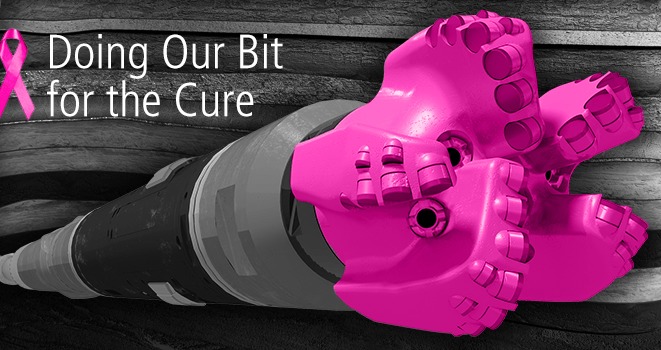The Nobel Prize in Literature awarded to French author
French author, Patrick Modiano, has won the Nobel Prize in Literature, the Swedish Academy announced Thursday morning. Modiano was chosen, “for the art of memory with which he has evoked the most ungraspable human destinies and unlocked the life-world of the occupation.” His work, including his debut novel La Place de L’Etoile, plays with the concepts of time and loss, and examines the moral challenges surrounding Nazi occupation. If you’re interested in adding Modiano to your shortlist, Peter Englund, of the Swedish Academy, recommends Missing Person. Modiano will receive $1.1 million (USD) as part of the prize. He has written more than twenty novels. [Source: The Atlantic]
Kobani partially seized by Islamic State militants
Turkish forces reportedly did nothing, and U.S. air strike campaigns were insufficient, as Islamic State militants seized more a large swath of Kobani, a Syrian border town. Turkey is at this point unwilling to provide military aid to the Kurdish forces fighting to keep the town from falling entirely to the extremist group. “ISIS control more than a third of Kobani. All eastern areas, a small part of the northeast and an area in the southeast,” head of the Syrian Observatory for Human Rights, Rami Abdulrahman, told Reuters. The Observatory is a group monitoring the Syrian civil war. “The clashes are ongoing – street battles,” a leader of the Kurdish militia fighting for Kobani Reuters over the telephone. Kobani defenders are claiming that the U.S. air strikes have been weak, denouncing them as token. [Source: Reuters]
Fracking company makes pink drill bits to support breast-cancer research
Baker Hughes, a fracking company known as one of the world’s largest oilfield service providers, will be producing 1,000 pink drill bits for breast-cancer research. Bizarre. And it will be donating $100,000 to the Susan G. Komen Foundation, which supports similar research. The New York Magazines makes this astute observation: “There’s at least one weird little thing about this pairing: Fracking, one of the services that Baker Hughes provides and the drill bits are used for, has some serious links to cancer itself. In order to break up rock formations deep below the earth’s surface to release the natural gas and oil, companies like Baker Hughes have to inject it with a mixture of water and hundreds of different chemicals. And some of these chemicals are not only harmful to your health, but they’ve actually been linked to breast cancer.” It’s not an uninteresting conundrum. Support is support, and $100,000, though paltry to Baker Hughes, is still a lot of money. But, yes, the pairing is strange, and perhaps more self-serving than altruistic. An article on how pink is overused, used, good, and less so, is not for 5 things. [Source: New York Magazine]
Cave art discovery speaks to earlier than thought dawn of creativity
Cave paintings found in Indonesia may be some of the oldest art ever discovered, according to a new study. And scientists are saying the news may point to the fact humans became creative earlier than previously thought. The stencils of hands and the couple “pig-deer” drawings are estimated to be between 35,000 and 40,000 years old, according to archaeologists, putting the discovery in Sulawesi in the same period as the old art found in Spain and France. One of the hand stencils was estimated to be 39,000 years old, making it the oldest hand stencil on record. “What this tells us is that when humans began moving out of Africa they were not all that different from us in terms of their abilities to use art and symbol,” Paleoanthropologist John Shea of Stony Brook University in New York said to CBC in an email. “Inasmuch as many of us would have difficulty replicating such paintings, they may even have been our superiors in this respect.” [Source: CBC]
Sun caught on film belching plasma
It didn’t happen today. But maybe time bends in strange, metaphysical ways so far away. On Oct. 2, the sun belched. It’s called a solar flare, and it propelled about a trillion tons of particles through space at an estimated million miles per hour. Such occurrences are considered common, especially during the eleven-year solar cycle, which, we learned, is happening right now. This flare, or, as some call it, a plasma belch, is not particularly interesting or unique. But NASA’s capture of it is. The phenomenon was filmed by their Solar Dynamics Observatory spacecraft, which has a constant bead on the sun. See video below. [Source: Discover Magazine]
[su_youtube url=”https://www.youtube.com/watch?v=C1Kact6QHG0&list=PLF14609877EF3419B#t=47″ width=”500″ height=”300″][su_youtube url=”http://youtu.be/6yE91VCUHIk” width=”420″ height=”280″][su_youtube url=”http://youtu.be/6yE91VCUHIk” width=”420″]https://www.youtube.com/watch?v=Im4QdVc4NEA[/su_youtube][/su_youtube][/su_youtube]
***
Follow Toban Dyck’s staid antics at @tobandyck
For more interesting stuff, follow @spectatortrib on Twitter.
And find us on Instagram, too: @spectatortribune.
